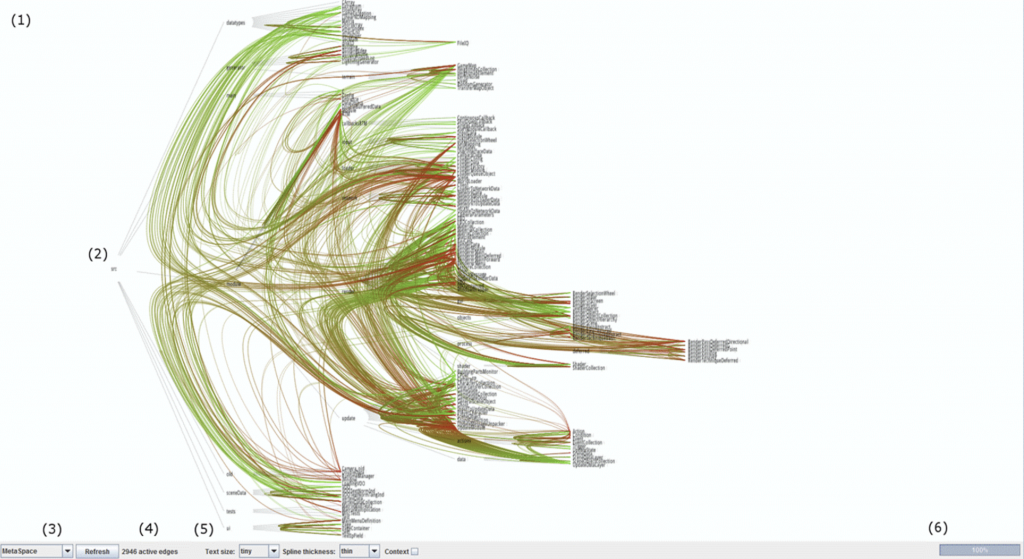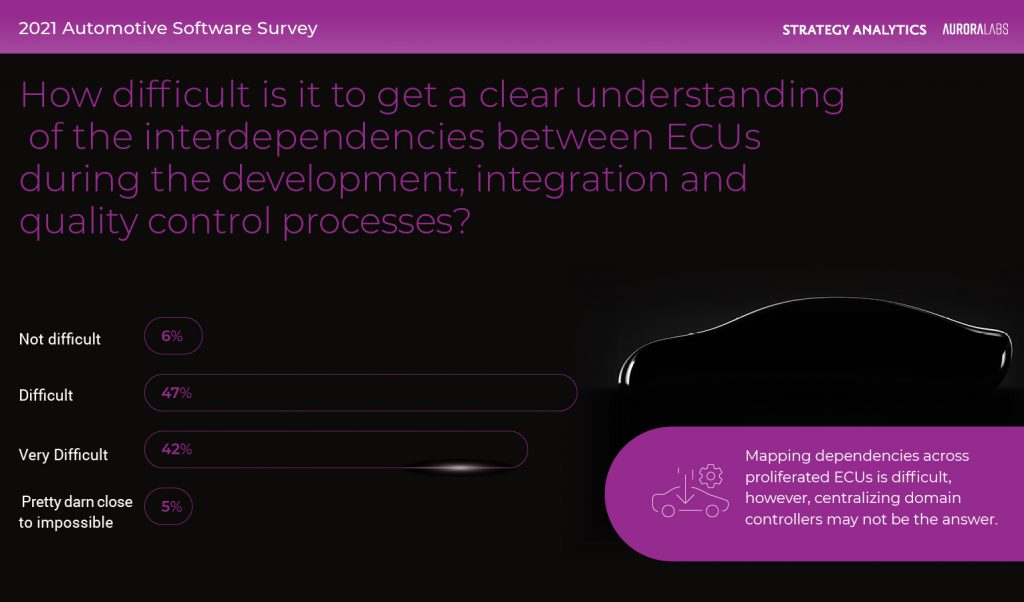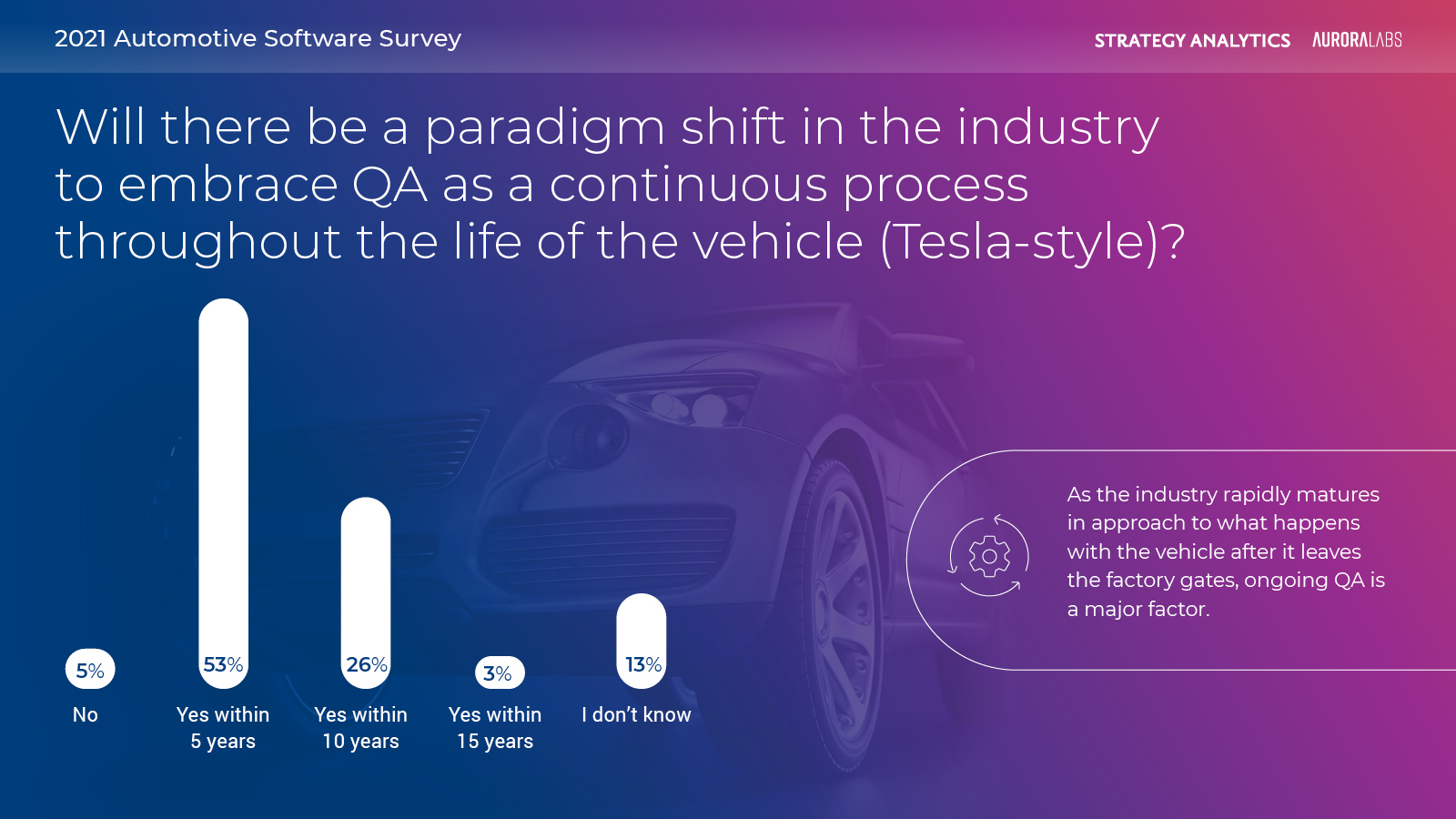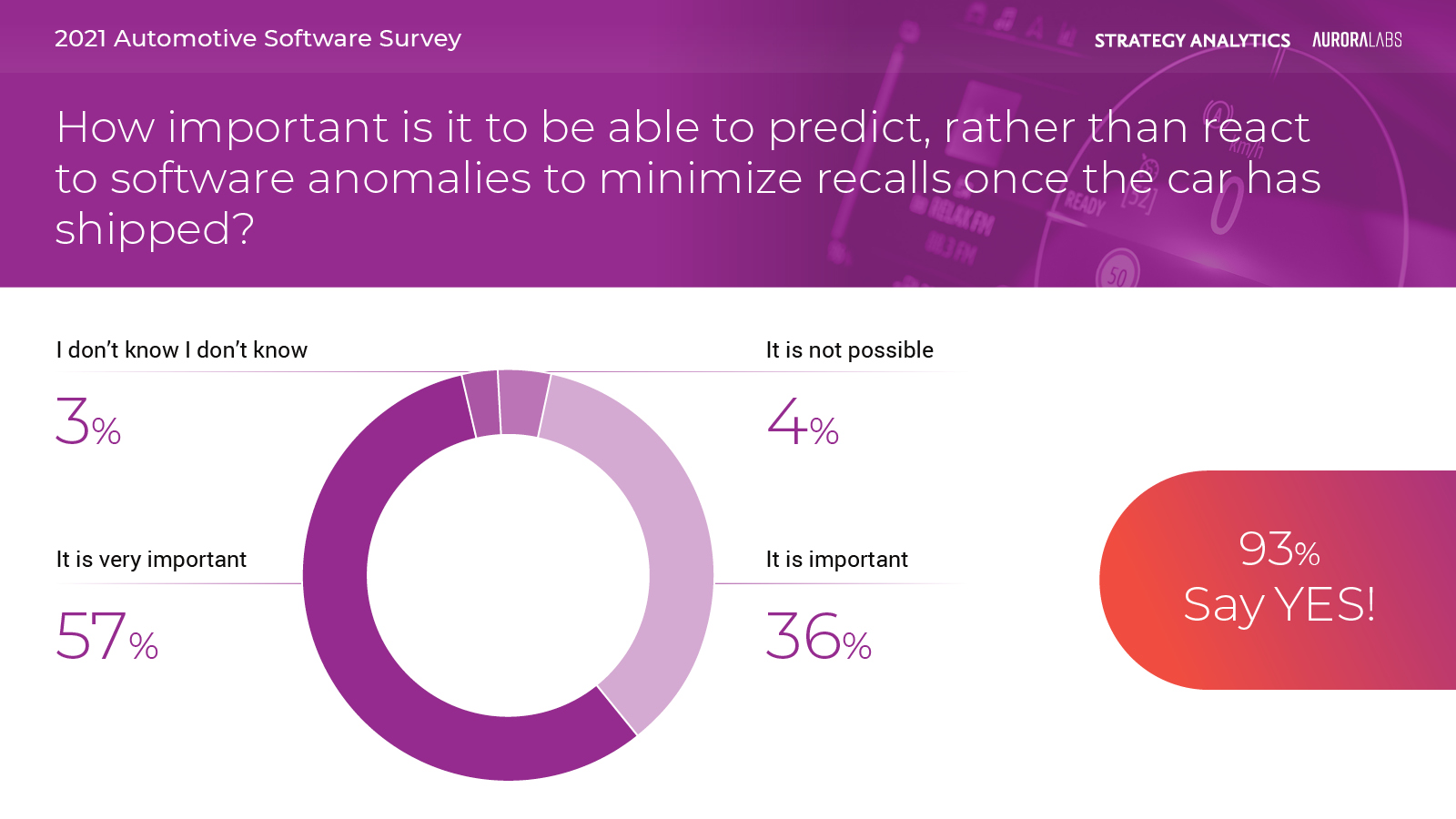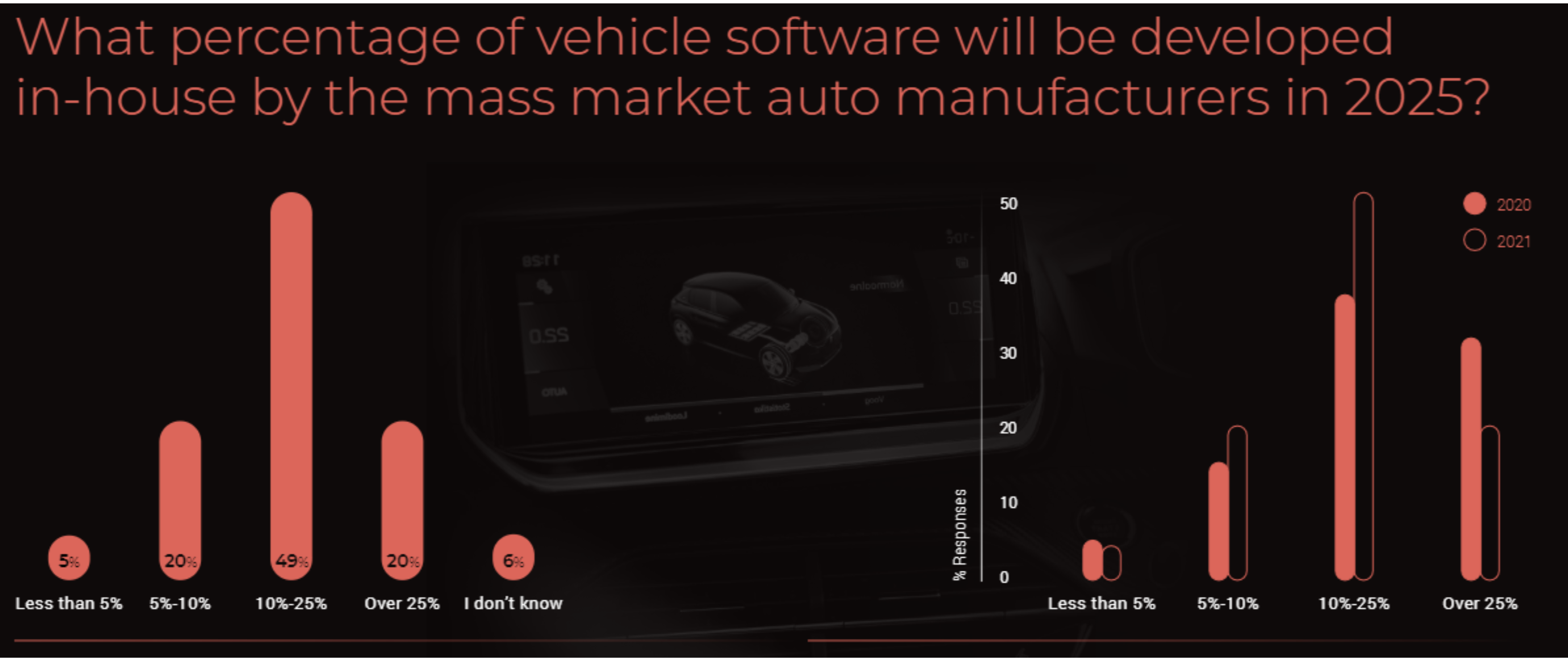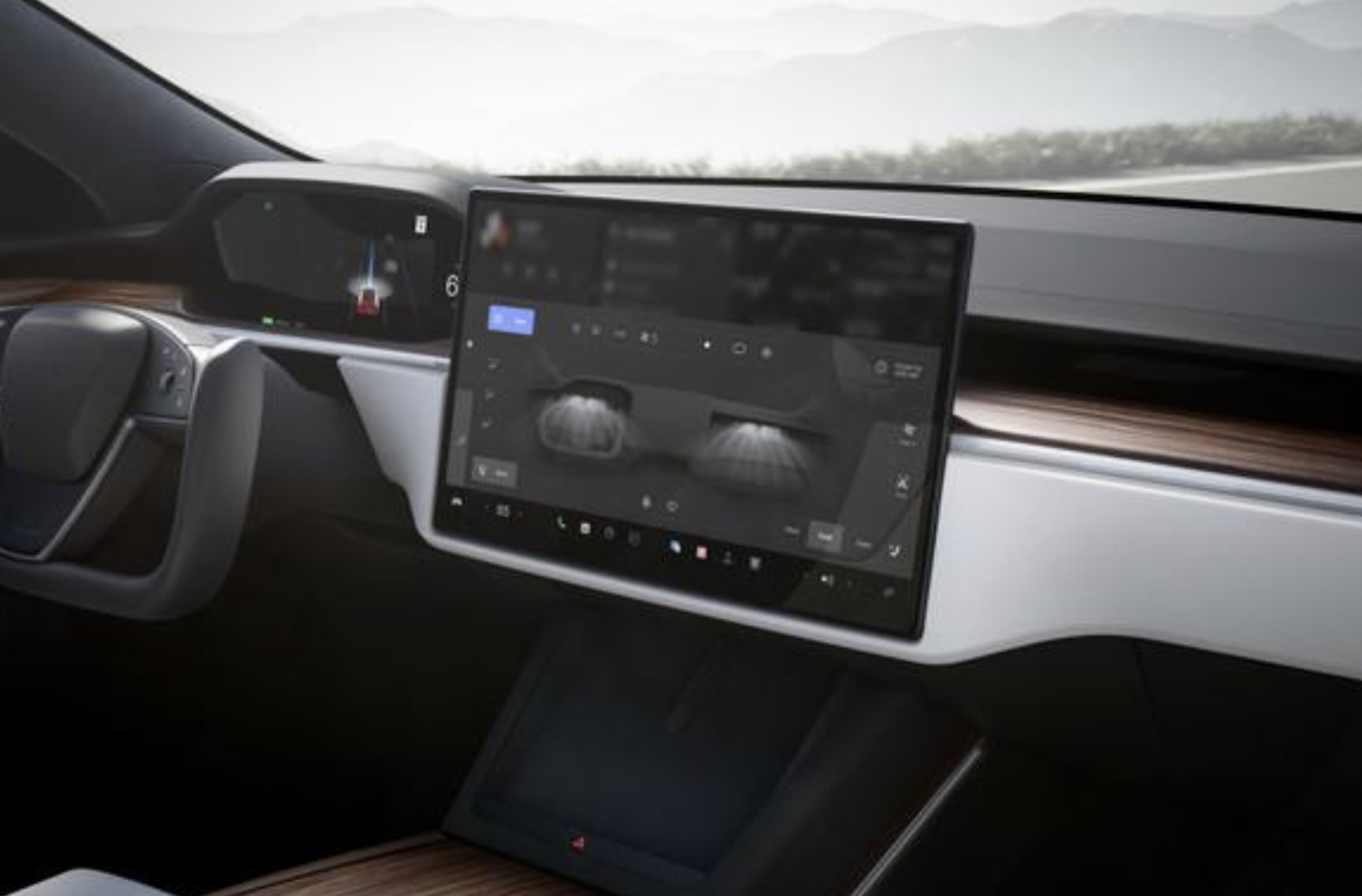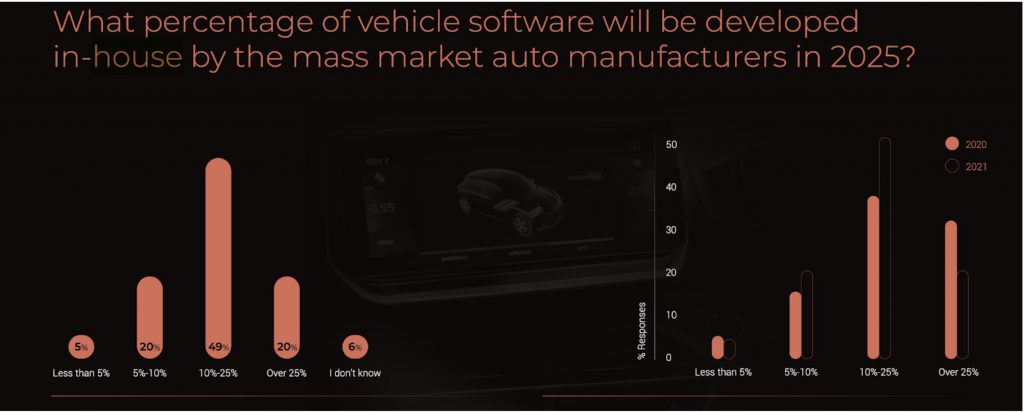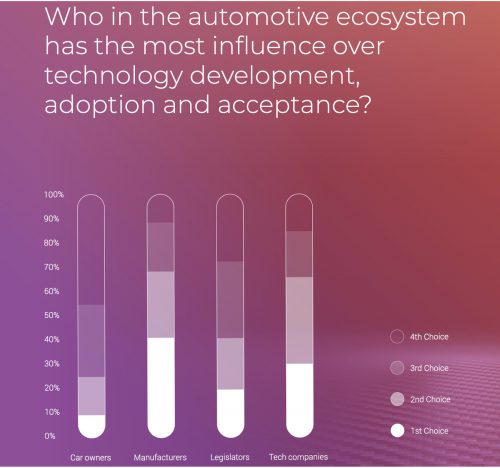Don’t Let The Cost of Over-The-Air Updates Skyrocket
Automakers are delivering more over-the-air (OTA) updates than ever before as they strive to keep up with customer demand and enhance their User experience. Tesla has been leading the way in this respect with one OTA update roughly every four weeks. This is only set to grow, and many automakers are beginning to catch up.
In our new 2022 automotive software survey, we found that over 40% of respondents expect each connected vehicle to receive between two and six OTA updates per year from 2025 onwards and nearly 20% expect between seven and 12 OTA updates per year. This still might be a little way behind Tesla, but it's clear that even more traditional car manufacturers are leaning on OTA updates to deliver new features, fix bugs, and even improve a vehicle's security and safety.
The challenge for automakers, however, is the cost of delivering these updates. Our recent cost consideration guide found that the cost of full image updates could be as much as $2.7 billion when you take into account the cost of data transmission, cloud storage, and dual bank memory for a single large OEM (10m+).
Even though legacy binary updates require endpoint integration costs, they can help an automaker save money. We estimate the cost of these types of updates to be around $1.8 billion per year.
However, there's another type of technology that can reduce costs even further. Line-of-Code Intelligence offers a clientless solution that creates small update files, significantly reducing costs in three key areas.
1. Eliminating the need for dual memory
Even though costs have come down in recent years, the use of dual flash memory can soon add up across thousands of vehicles. It's possible to mitigate $1.7 billion in costs using Line-of-Code Intelligence technology to create the smallest fully executable update file possible.
Where other update types overwrite previous versions and require dual memory to allow for a rollback in case of issues, a Line-of-Code update simply writes to the next free space on the memory, meaning nothing is written over, and all previous versions remain. Not only does this help save on initial hardware costs, but can extend the life of the memory by reducing write-and-erase cycles.
2. Reducing cloud and data needs
Line-of-Code Intelligence technology uses AI and advanced algorithms to make the update files six times smaller than binary diffs. This means automakers could save around $73 million in data transmission and cloud storage costs. On top of this, the smaller file size also improves transmission times, which helps get OTA updates out more quickly.
3. Clientless technology
With Line-of-Code updates, there's no need to integrate proprietary software onto every ECU. Additionally, the updates use the same file format as the original embedded ECU file (ELF, S-Rec, Intel HEX); this guarantees all ECUs can receive the necessary updates without extra integration work.
This can reduce integration costs by as much as $1.4 million but also speeds up the development and delivery process by using technology and file formats that are already integrated into the toolchain. This removes the challenge of adapting testing, production, and maintenance systems.
For vehicle manufacturers that are starting to see the benefits of software as a revenue generation tool and those who are looking to better serve their customers, OTA updates will play a large role in the future. In our new 2022 Automotive Software Survey, we found that 62% expect up to 10% additional revenue for OEMs from selling software features OTA by MY 2027.
In order to manage the costs of these updates and create a more sustainable business model, automakers should look to AI and Vehicle Software Intelligence to help solve the problem of skyrocketing costs. If you'd like to know more about how Line-of-Code Intelligence technology could help save you money, get in touch here.


